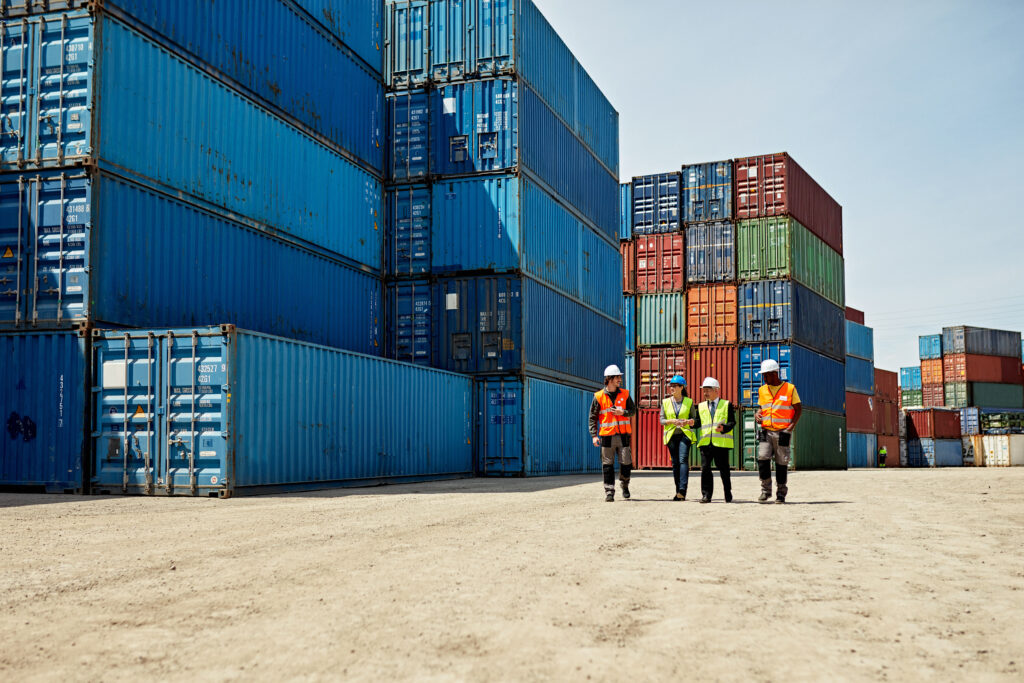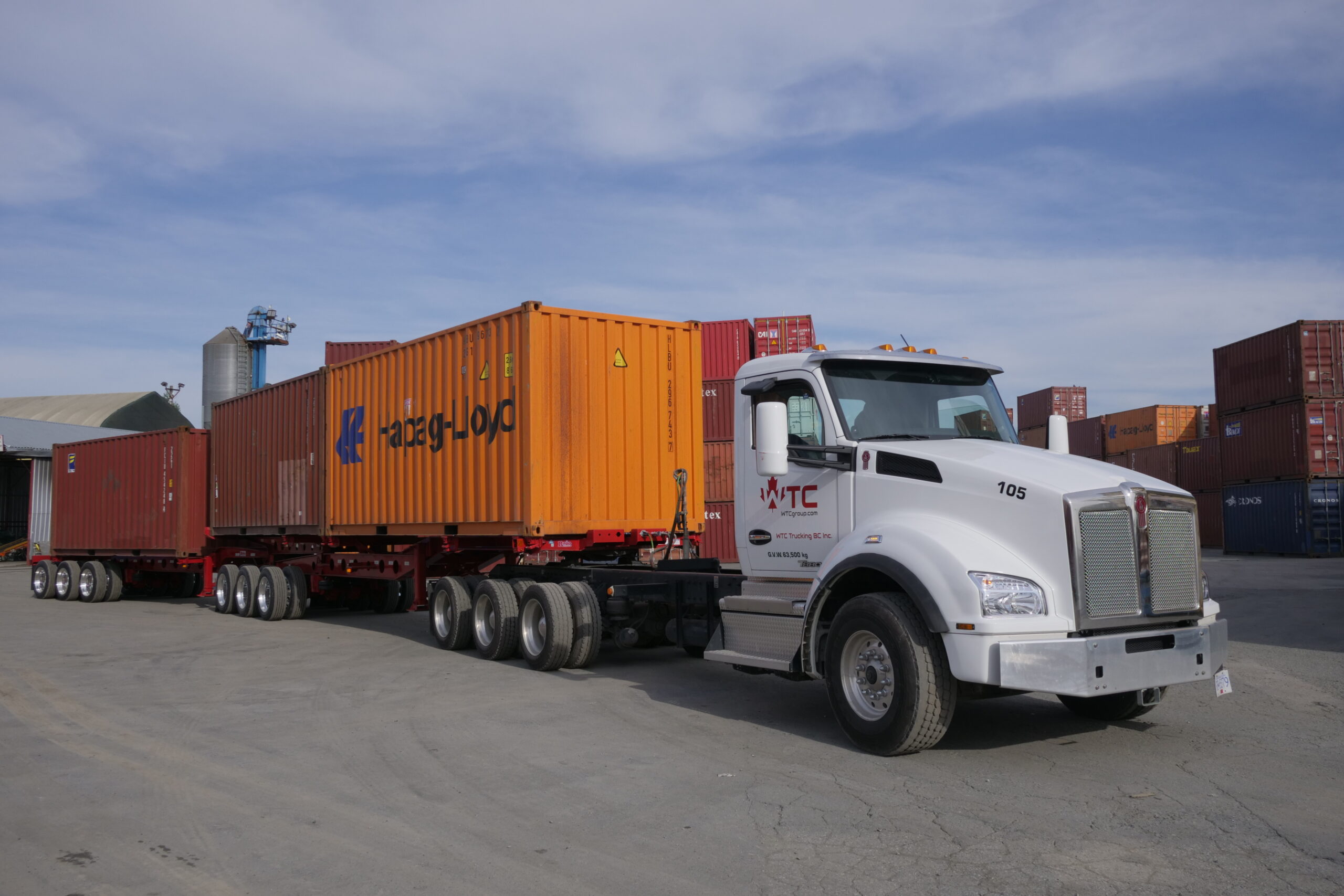Freight transportation is a cornerstone of the global economy, moving billions of tons of cargo annually by trucks, planes, ships, and trains. All this activity contributes significantly to greenhouse gas (GHG) emissions, accounting for about 8% of global emissions, a figure that rises to 11% when including warehouses and ports.
The growing demand for freight, particularly in rapidly developing regions like Asia, Africa, and Latin America, is expected to triple by 2050, potentially doubling GHG emissions from this sector. If unchecked, freight transportation, transloading, and logistics could become the highest-emitting sector by mid-century.
Given this alarming trajectory, it is crucial for individual companies to take proactive measures towards GHG emission reduction.
By adopting more efficient methods, integrating new technologies, and continuously seeking innovative solutions, businesses can play a significant role in curbing GHG emissions and mitigating the environmental impact of freight transportation.
WTC’s Commitment to Sustainability
WTC has grown rapidly over the last 20 years. That growth has been accompanied by an ever increasing awareness of the importance of reducing environmental impact. (Afterwall, it’s hard to forget what’s at stake when surrounded by the natural beauty of British Columbia.)
WTC has continued to enhance efficiency, reduce needless energy expenditure, and keep GHG emission reduction in mind.
Electrification as a Key Strategy
To reduce our carbon footprint even further, WTC has begun a shift towards electrification across our operations.
While it’s still a future goal of ours to switch to electric container trucks, we’ve already begun electrifying some of our forklifts and pallet systems.
As we continue to minimize emissions in our daily operations, we’ve begun exploring the viability of installing solar panels that we expect to begin within the next year.

Innovative Approaches to Transloading
WTC has also recently implemented several innovative transloading strategies to reduce its environmental footprint. Two highlights include a reduction in drayage activity and an increase in yard and land use efficiency.
Reducing Drayage Activity
By streamlining our operations and optimizing transportation routes, WTC aims to eliminate nearly 10 million tonne-km of truck activity on regional roads in the short term, with projections reaching 14 million tonne-km by 2028. This translates to approximately 625 tonnes of GHG emissions reduction annually by 2025, increasing to 890 tonnes by 2028. This is equivalent to removing 150 to 200 cars from local roads each year!
Improved Yard and Land Use Efficiency
By enhancing yard and land use efficiency, WTC is freeing up 20% of throughput volume at our export terminals. This improvement allows for transloading an additional 6,000 containers annually, contributing approximately $200 million in added economic value to the Canadian economy.
Embracing EcoDiesel for a Greener Future
In addition to these initiatives, WTC has made significant strides by transitioning to EcoDiesel.
The use of EcoDiesel reduces GHG emissions by up to 80% compared to conventional diesel and offers numerous other benefits. Some of these benefits include better performance in colder temperatures, higher cetane numbers for improved fuel efficiency, and compatibility with existing diesel engines without requiring modifications. These advantages make it a practical and effective choice for reducing the carbon footprint of heavy-duty trucks.
Since the full-scale transition began in January 2023, WTC has reduced 661.4 metric tons of CO2 equivalent emissions—equivalent to removing 144 cars from the road through this initiative.

Conclusion
With proactive approaches like these, WTC is aiming to help contribute to the GHG emissions reduction within the logistics industry. A sector that makes such a significant contribution to global emissions can play a critical role in the transition to a cleaner future—working to reduce the impacts of climate change.
For WTC, these efforts have not only benefited the environment but also added substantial economic value, supporting Canadian exporters and the local economy.
To learn more about how WTC can help you achieve your logistics in a sustainable way, get in touch with us today. We can work together to drive the future of sustainable transloading.
